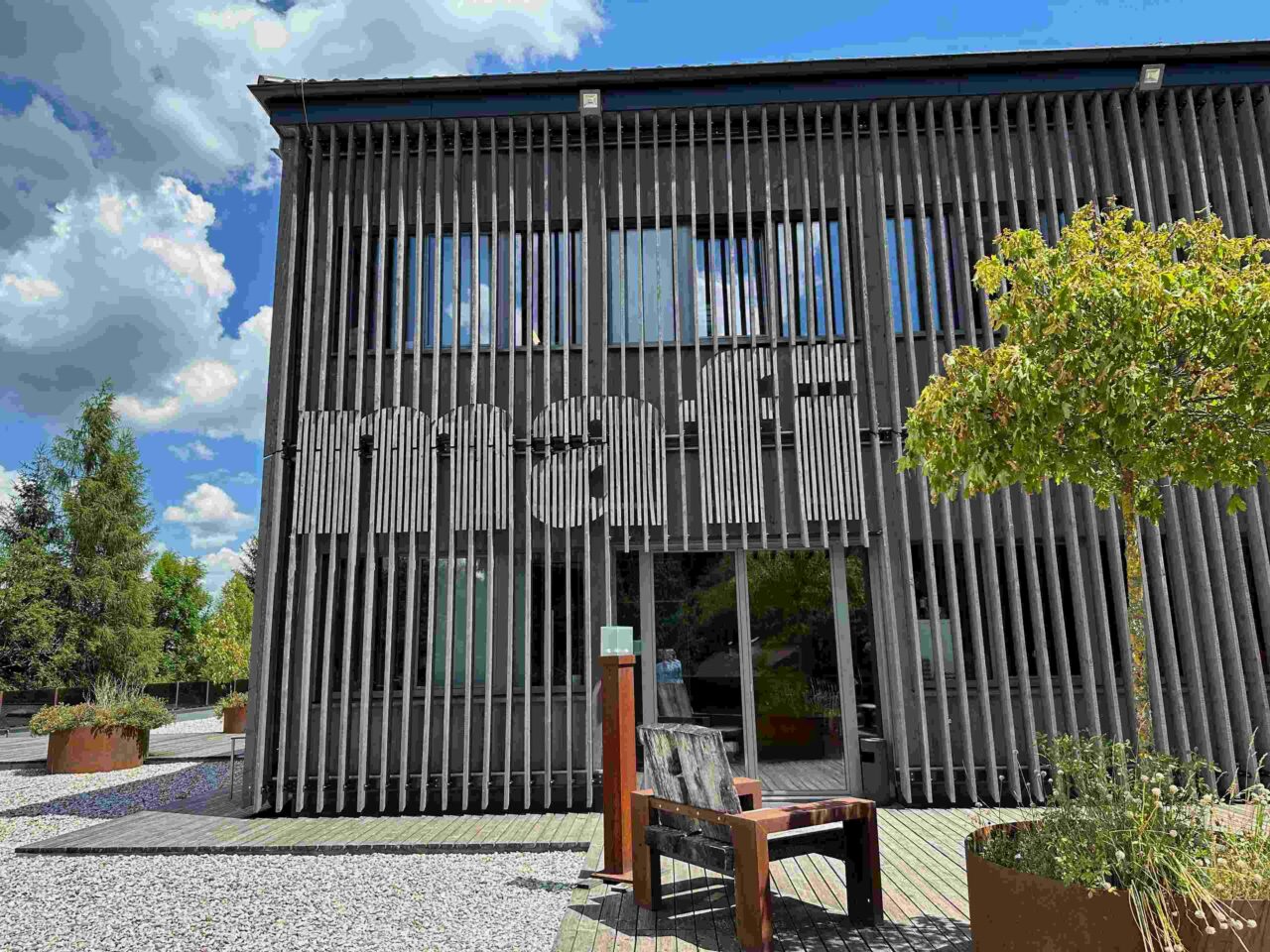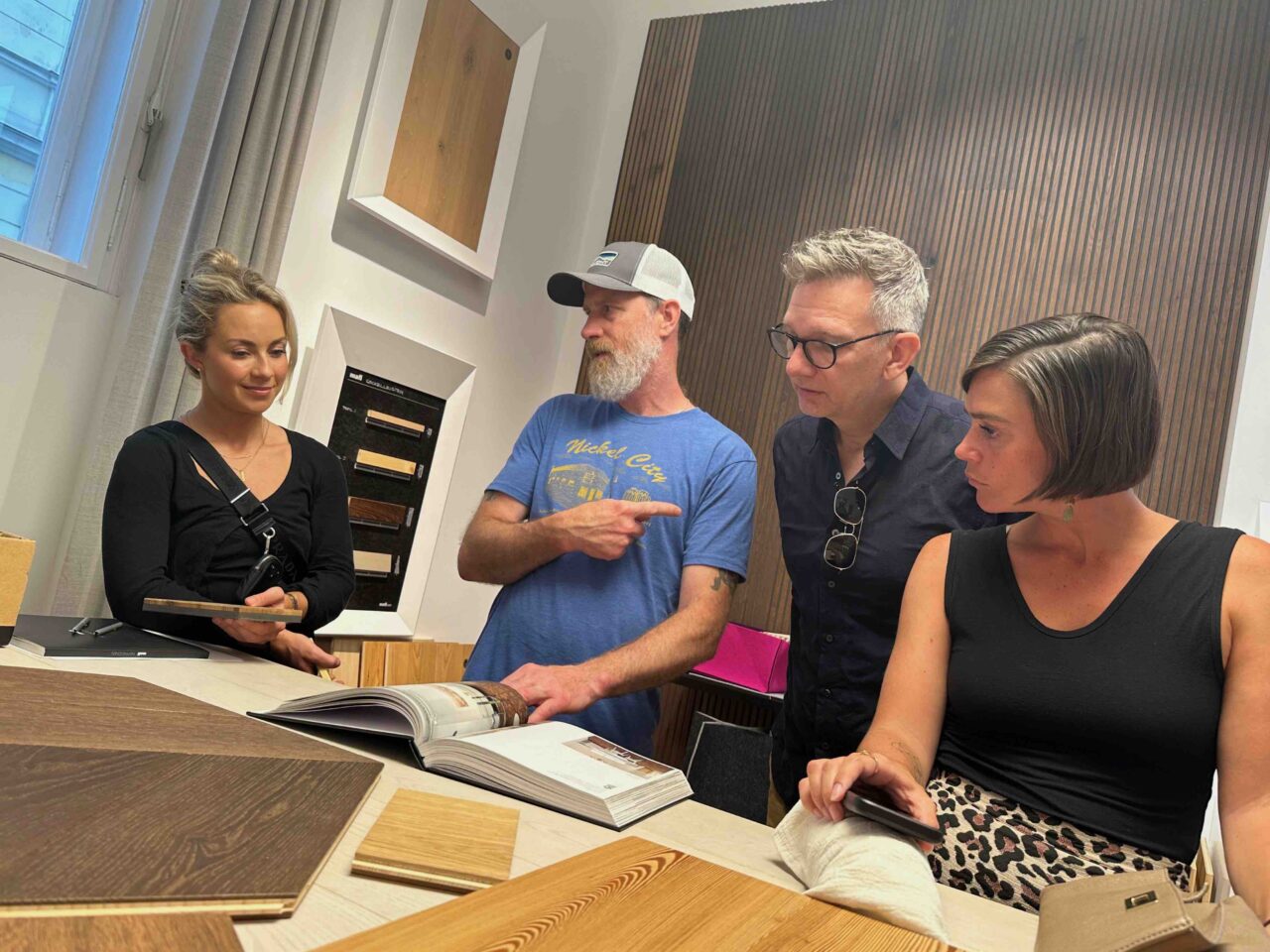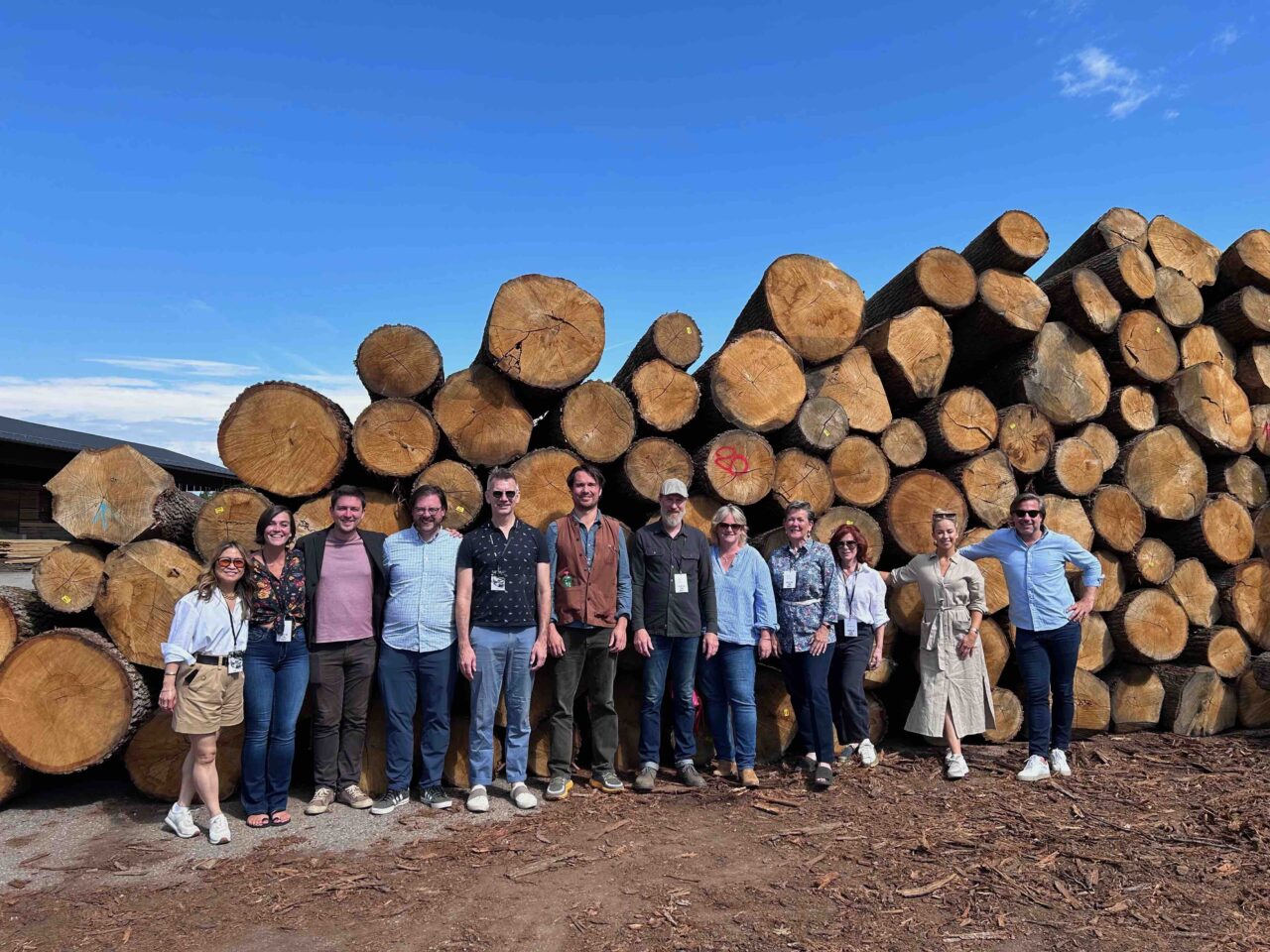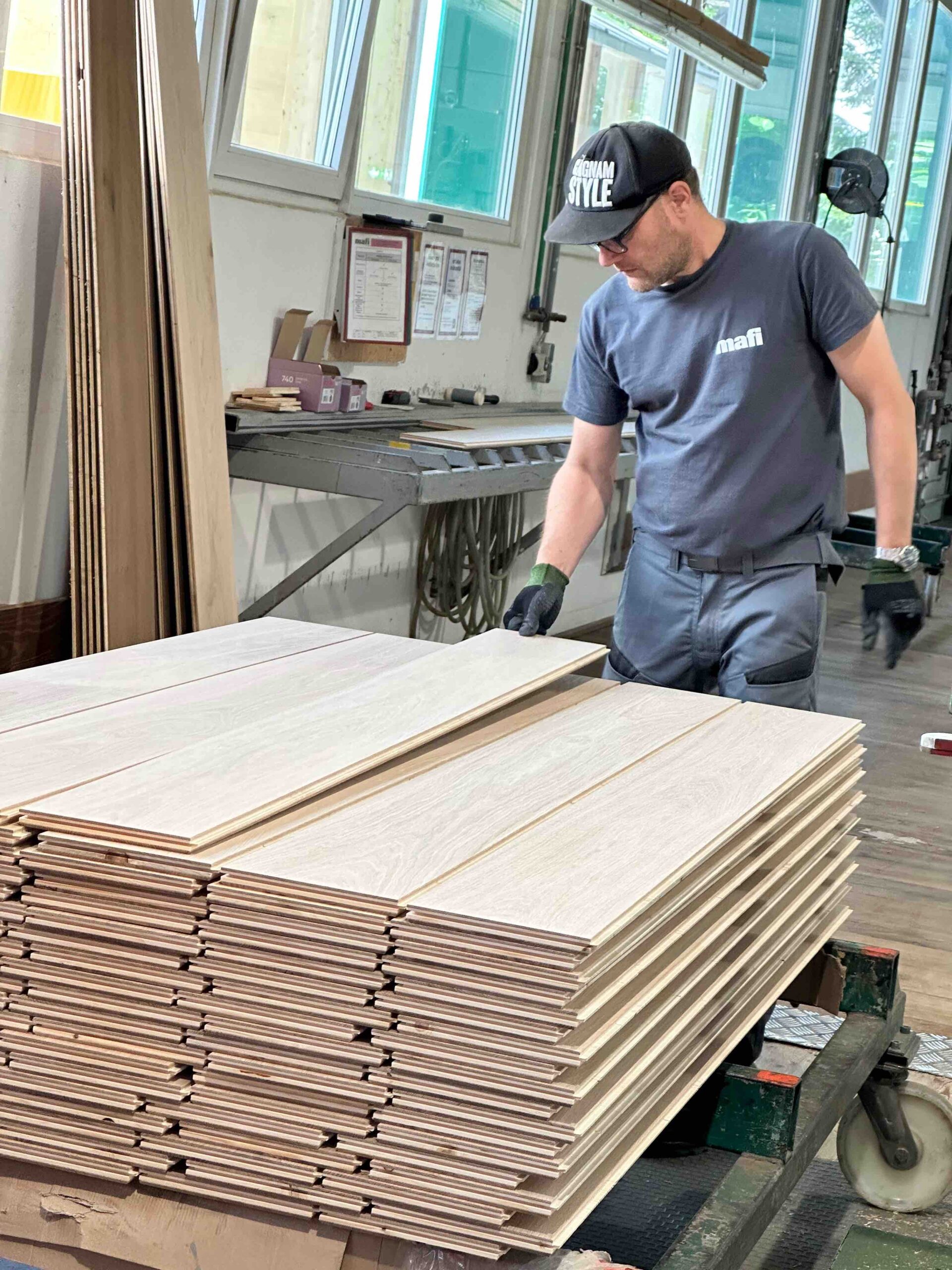In the world of architecture and design, the role of specifiers has transformed significantly over the past decades. With a myriad of responsibilities ranging from inclusive design to sustainable material choices, specifiers are finding themselves navigating an increasingly complex landscape.
Time constraints, information overload, and the challenge of staying updated on the latest trends and standards pose significant hurdles. This article explores fluctuating industry demands and delves into the insights shared by two of the USA’s leading voices in the world of design, architecture and specification, Helene Dreiling and Daniel Heighes Wismer.
Is it really sustainable? The role of natural products in the built environment
In the past decade or so, there has been an influx in demand for sustainably sourced materials, from everyday products such as toothbrushes to the building materials that make up our indoor environments. But, how has this sentiment changed over the years, and what impact does that have on sourcing materials for design in the built environment?
Daniel Heighes Wismer, co-founder of New York-based high-end design company Dufner Heighes, considers the significant market changes since starting his firm in 1999. In particular, he points to sourcing correctly labelled products as a new challenge.
“In some ways, I would say it was a little easier back then to find high-quality, sustainable products because the suppliers that were working with, were really interested maintaining high standards and transparency around their products. So, once you identified a company to work with, it was very easy to trust them.
“Now, it’s a little more difficult because everyone is ‘playing up’ the green side of their products, even if it’s not one of their company goals.”
Helene Dreiling, who is a former President of the American Institute of Architects (AIA) and a highly-respected figure amongst US specifiers, echoes these sentiments, highlighting the growing importance of sustainable and natural materials in architectural choices. Helene points to a higher level of responsibility that is held in the hands of architects as a key force of driving positive change in the industry.
What really needs to happen, she says, is a broader integration of sustainable practices rather than viewing them as a specialised field.
“Sustainability in the realm of architecture is often seen as another layer of specialisation. In my eyes, it shouldn’t be this way. Good design and sustainably sourced materials are one and the same.”
“The AIA has strong efforts underway to mainstream sustainable design. Every architect should design this way, not just a certain few who ‘specialise’ in sustainability.”
Seeing is believing: The mafi experience

In July 2023, Dreiling and Wismer were part of a group – that included Work in Mind’s Founder Joanna Watchman – invited to visit mafi, a natural wood floor company nestled in the mountains of Austria. But, why travel to the other side of the world just to see how a wooden floor is made?
Perhaps, these are some better questions to ask: Do you know what happens in between the moment a tree is cut down to when it becomes a piece of flooring? How does it transform from tree to product? What has it been treated with? Is exposure to this product actually safe over the course of months, years, or even decades?
That’s where we meet Walter Lourie, Head of Sustainability and National Sales for mafi’s American base. He’s the walking, talking, living embodiment of sustainable specification. A well-known figure in the healthy materials and buildings arena, Walter Lourie translates the importance of natural, sustainably sourced products to the architecture and design community. That’s why he drafted industry leaders from around the world to get a better look at understanding how important the production process is.
“We simply have to work harder to help specifiers see the bigger picture. And, in our own company we think ‘seeing is believing’. When a specifier assesses the quality of a product,” Lourie says, “they should ask bigger, deeper and more searching questions of their supplier’s supply chain.

“At mafi, we always encourage designers to challenge us about the detail. We organise dozens of factory visits every year. And, we welcome the opportunity to be transparent about any aspect of our product range – from the forest, to finished product. In our view, the more people who understand the ‘chain-of-custody’ of our timber, the better.
“We also want people to examine our product’s proximity to its original form. How many steps are there from tree to floor? Is it five, ten, one hundred steps? And, even more important is that architects and designers take this message back to their customers – and use the power of storytelling to get this message across. People love to know this kind of detail – this stuff really does matter.”
Nature’s secret: The surprising resilience of natural wood
Walter Lourie’s recommend list of searching questions doesn’t stop there.
“You’ve simply got to ask more about the process that’s involved in making a product. Why? Because each ‘step’ takes us further away from nature’s already-good design. Wood isn’t wood if it’s coated in polyurethane.”

But consumers sometimes need a little convincing that wooden products are easy to care for and have a long ‘service life’. “Natural timber products are nature’s bounty. They simply don’t need to be treated by chemicals to withstand wear and tear, either,” says Walter Lourie “When cared for properly, a wooden floor, for example can be cleaned of practically every liquid.”
Not convinced? Daniel Heighes Wismer saw it with his own eyes thanks to an afternoon spent with mafi’s technical team on his Austrian trip. Everything from oil to red wine to wax were ‘spilled’ on the mafi products. And, all could be removed without leaving a trace.
“I’ve had this conversation since I’ve been back with clients which I think now makes it much more believable,” says Daniel Heighes Wismer. “I can honestly say I have a better understanding of the benefits of specifying timber having seen it in person.”
An “aha moment“

Sharing her reflections on her visit to mafi, Helene Dreiling expresses a profound “aha moment” she experienced after witnessing the transformative potential of properly used natural products. She acknowledges the necessity for policy changes and building code updates to incorporate requirements for sustainable design and calls for a united effort to bridge the gap in understanding between generations in the industry.
“It was even an ‘aha moment’ for somebody like me who’s been in the profession for nearly 40 years. To see that properly using and caring for these natural products makes a massive difference.”
Hopes for the future
The journey of specifiers in the realm of healthy buildings is fraught with challenges, but the experiences shared by industry leaders like Helene Dreiling and Daniel Heighes offer valuable food for thought.
Bridging the gap between generations, fostering education, and advocating for policy changes are essential steps toward creating a built environment that prioritises human health and well-being. As the industry evolves, specifiers must continue to navigate the complexities with a commitment to holistic, sustainable, and health-conscious design.
Follow the link to find out more about mafi or its range of natural timber products.
Sophie Crossley
Sophie Crossley is our Content Editor. She has 5+ years of experience in comms with a focus on wellbeing, the built environment, and lifestyle.




